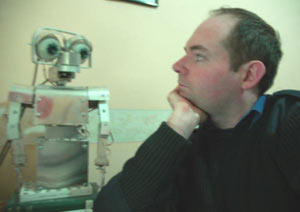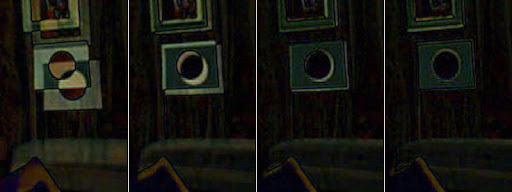Neuron banks and learning
[ Audio Version ] I've been thinking more about perceptual-level thinking and how to implement it in software. In doing so, I've started formulating a model of how cortical neural networks might work, at least in part. I'm sure it's not an entirely new idea, but I haven't run across it in quite this form, so far. One of the key questions I ask myself is: how does human neural tissue learn? And, building on Jeff Hawkins' memory-prediction model , I came up with at least one plausible answer. First, however, let me say that I use the term "neuron" here loosely. The mechanisms I ascribe to individual neurons may turn out to be more a function of groups of them working in concert. Let me start with the notion of a group of neurons in a "neural bank". A bank is simply a group of neurons that are all looking at the same inputs, as illustrated in the following figure: Perhaps it's a region of the input coming from the auditory nerves. Or perhaps...



